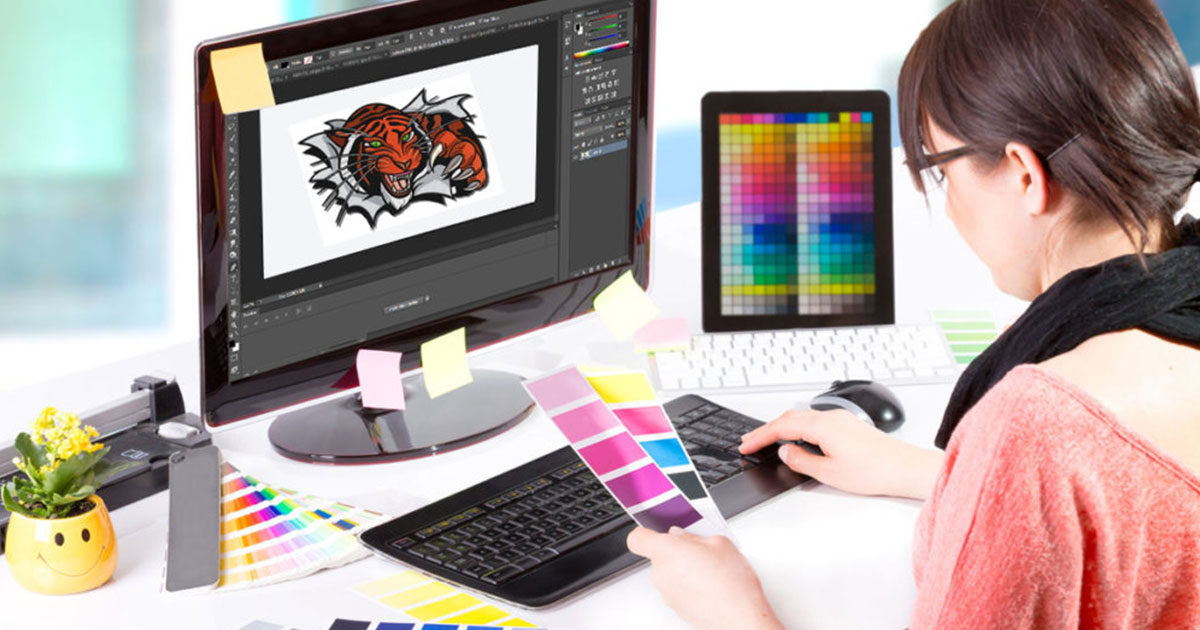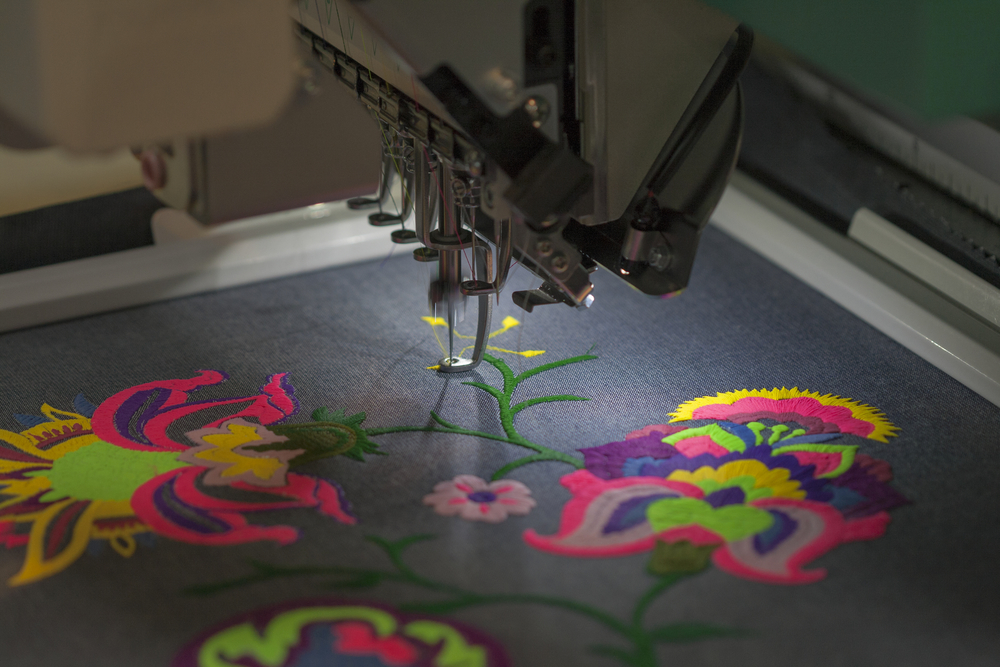Mastering the Needlework Digitizing Process: Your Ultimate Guide
Embroidery digitizing is a thorough craft that needs precision and proficiency to translate intricate designs right into digital styles for machine needlework. As artisans start this journey to master the needlework digitizing process, an extensive understanding of the essentials sets the structure for quality. Nevertheless, beyond the simple expertise exists a realm of advanced software application, specialized devices, and nuanced strategies waiting to be discovered. By diving into the nuances of digitizing, one can unlock a world of creative possibilities and boost their needlework jobs to new elevations.

Understanding Embroidery Digitizing Fundamentals
Embroidery digitizing basics develop the foundation upon which complex designs are converted right into machine-readable layouts for accurate stitching. This preliminary action in the embroidery digitizing process is critical for guaranteeing that the final embroidered product is a faithful depiction of the original layout. Comprehending embroidery digitizing essentials includes realizing crucial concepts such as stitch kinds, stitch instructions, density, underlay, and draw compensation.
Stitch kinds play an essential role in figuring out the aesthetic and textural result of the embroidered design. By selecting the ideal stitch kind, whether it be satin, fill, or running stitch, digitizers can achieve the desired effect and enhance the overall high quality of the needlework. Furthermore, sew instructions affects the circulation and dimension of the style, while thickness establishes the spacing and insurance coverage of the stitches.
Additionally, underlay stitching offers security to the style by safeguarding the textile and stopping distortion throughout the embroidery process. Draw compensation is one more vital factor to consider to combat the all-natural propensity of textile to agreement when sewn. Understanding these needlework digitizing basics is basic for developing professional-quality stitched items.
Choosing the Right Digitizing Software Application
Picking the proper digitizing software is a vital choice that significantly affects the effectiveness and top quality of the embroidery digitizing process. Digitizing for Embroidery. When choosing the appropriate digitizing software, it is important to think about aspects such as the intricacy of designs you intend to produce, the user-friendliness of the software, the degree of client assistance supplied, and the compatibility with your needlework equipment
There are numerous digitizing software application alternatives offered out there, varying from standard programs for newbies to advanced software application for expert digitizers. Some preferred choices include Wilcom EmbroideryStudio, Hatch Needlework Software Program, and PulseID. These software program packages supply a large range of devices and attributes to assist you produce intricate layouts effortlessly.
Before making a choice, it is a good idea to check out the various software options with complimentary tests or trials to establish which one best fits your needs. Furthermore, reviewing testimonials and seeking referrals from knowledgeable digitizers can provide beneficial understandings into the strengths and weak points of each software program plan (Digitizing for Embroidery). By thoroughly reviewing your needs and comparing the features of different digitizing software application, you can make an educated choice that improves your needlework digitizing workflow
Digitizing Devices and Techniques

Optimizing Style Settings for Needlework
Grasping the ins and outs of style settings is fundamental in accomplishing ideal cause the embroidery digitizing procedure, building upon the structure laid by recognizing digitizing devices and techniques. When maximizing style settings for needlework, it is necessary to think about aspects such as stitch type, thickness, padding, draw compensation, and registration. Sew type option impacts the general feel and look of the design, with alternatives like satin, fill, and running stitches using various structures and effects. Density describes the spacing and thickness of stitches, affecting the style's coverage and toughness. Proper padding sewing gives stability and prevents textile distortion, particularly for i thought about this complicated designs or on stretchy materials. Draw settlement changes for textile stretch throughout sewing, making sure exact design replication. Registration settings align various elements of the layout accurately, preserving general design stability. By fine-tuning these design settings, embroiderers can enhance the high quality and precision of their embroidered productions.

Troubleshooting Common Digitizing Issues
When experiencing typical digitizing concerns during the embroidery procedure, it is vital to comprehend the origin creates and apply reliable services promptly. One usual trouble is stitch density concerns, where stitches may be too dense, causing the fabric to tighten, or too thin, bring about gaps in the design. Adjusting the stitch thickness setups in the digitizing software program can help solve this problem.
Another constant challenge is string breaks throughout the needlework process. This can happen because of numerous reasons such as inaccurate tension setups, plain needles, or utilizing low-grade string. Guaranteeing correct maintenance of the needlework machine, including routine needle adjustments and stress modifications, can decrease the occurrence of thread breaks.
Furthermore, layout enrollment errors can lead to misaligned components within the embroidery design. Checking the design alignment in the digitizing software application and making essential changes prior to stitching can help in preventing this problem. By resolving these usual digitizing problems immediately and successfully, you can make certain a smoother needlework procedure and premium finished products.
Verdict
Finally, understanding the needlework digitizing procedure requires a strong understanding of the fundamentals, the ideal choice of software program, and knowledge of tools and strategies. Optimizing design settings and fixing typical digitizing issues are critical steps in making certain top notch embroidery outcomes. By complying with these actions faithfully, one can attain precision visit this web-site and efficiency in the digitizing procedure.
Comments on “Premier Digitizing for Embroidery: Perfect Stitch Every Single Time”